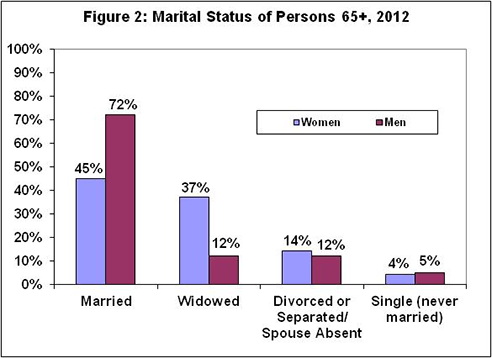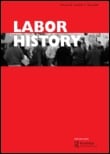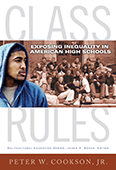Archive for July 2013
On being included: racism and diversity in institutional life
Negotiating identity development among undocumented immigrant college students: A grounded theory study.
Association Between Perceived Discrimination and Racial/Ethnic Disparities in Problem Behaviors Among Preadolescent Youths
Recovery-Oriented Practices of Psychiatric-Mental Health Nursing Staff in an Acute Hospital Setting
Quality of life, emotion regulation, and heart rate variability in individuals with intellectual disabilities and concomitant impaired vision
Vocational Psychology, Offenders and Ex-Offenders, and Social Justice: A Critical Psychology Perspective
Perceptions of coronary heart disease: the development and psychometric testing of a measurement scale
Mediated moderation in combined cognitive behavioral therapy versus component treatments for generalized anxiety disorder.
Fitting into place? Class and gender geographies and temporalities
Evolutionary Constructivist Psychology
Threat Assessment of Child Sexual Exploitation and Abuse
Emergent Regularities of Interpersonal Victimization: An Agent-Based Investigation
A Profile of Older Americans: 2012 – Marital Status
Accumulation of Sensory Difficulties Predicts Fear of Falling in Older Women
Male Role Norms Inventory–Short Form (MRNI-SF): Development, confirmatory factor analytic investigation of structure, and measurement invariance across gender.
Is health a labour, citizenship or human right? Mexican seasonal agricultural workers in Leamington, Canada
The Spatial Distribution and Social Context of Homicide in Toronto’s Neighborhoods
Did unemployed workers choose not to work in interwar Britain? Evidence from the voices of unemployed workers†
Escitalopram for the Treatment of Depression in Alzheimer’s Disease
Class Rules: Exposing Inequality in American High Schools
Class Rules challenges the popular myth that high schools are the “Great Equalizers.” In his groundbreaking study, Cookson demonstrates that adolescents undergo different class rites of passage depending on the social-class composition of the high school they attend. Drawing on stories of schools and individual students, the author shows that where a student goes to high school is a major influence on his or her social class trajectory. Class Rules is a penetrating, original examination of the role education plays in blocking upward mobility for many children. It offers a compelling vision of an equitable system of schools based on the full democratic rights of students.


